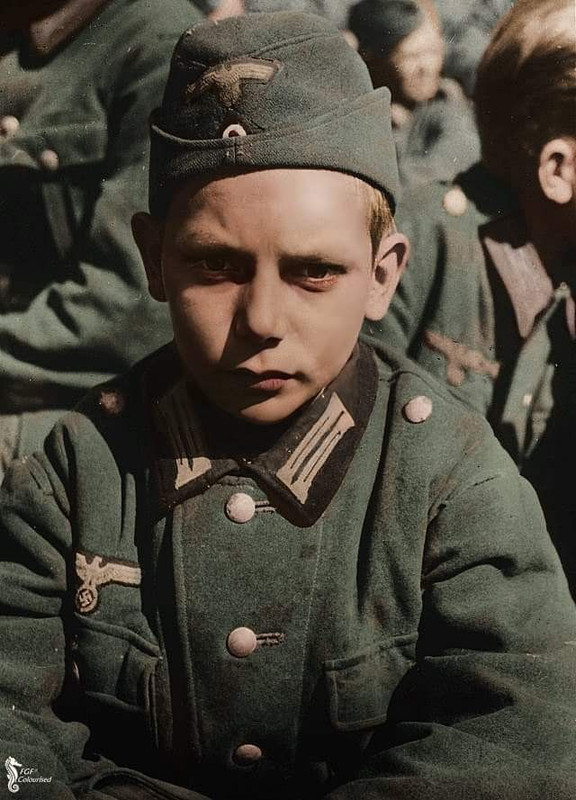This 'Jedburgh', Lt. John K. Singlaub, has a .30 cal. M1-A1 folding-stock carbine slung across his chest, a compact weapon favored for parachute operations. 11 August 1944.
Singlaub served in WWII, the Korean War, and the Vietnam War, where (among many other awards) he received two Distinguished Service Medals, a Silver Star, and a Purple Heart. He also was a founding member of the CIA, and he also served in the OSS (Office of Strategic Services).
Operation 'Jedburgh' was a clandestine operation in which personnel of the British Special Operations Executive (SOE), the U.S. Office of Strategic Services (OSS), the Free French Central Bureau of Intelligence and Operations and the Dutch and Belgian armies in exile were dropped by parachute into occupied France, the Netherlands and Belgium to conduct sabotage and guerrilla warfare, and to lead the local resistance forces in actions against the Germans.
JEDBURGH OPERATIONS IN FRANCE
The first team in, codenamed "Hugh", parachuted into central France near Châteauroux the night before the Allied landings in Normandy, codenamed Operation Overlord. In total, 93 Jedburgh teams operated in 54 French metropolitan départements between June and December 1944.
The Jedburgh teams normally parachuted in by night to meet a reception committee from a local Resistance or Maquis group. Their main function was to provide a link between the guerrillas and the Allied command. They could provide liaison, advice, expertise and leadership, but their most powerful asset was their ability to arrange airdrops of arms and ammunition.
Like all Allied forces who operated behind Nazi lines, the Jedburghs were subject to torture and execution in the event of capture, under Hitler's notorious Commando Order. Because the teams normally operated in uniform, to apply this order to them was a war crime. However, of the Jedburgh teams dropped into France, only British Captain Victor A. Gough met that fate, being shot while a prisoner on 25 November 1944.
JEDBURGH OPERATIONS IN THE NETHERLANDS
From September 1944 to April 1945, eight Jedburgh teams were active in the Netherlands. The first team, code named "Dudley" was parachuted into the east of the Netherlands one week before Operation Market Garden. The next four teams were attached to the Airborne forces that carried out Market Garden. After the failure of Market Garden, one Jedburgh team trained (former) resistance men in the liberated South of the Netherlands.
In April 1945 the last two Dutch Jedburgh teams became operational. One team code named "Gambling", was a combined Jedburgh/Special Air Service (SAS) group that was dropped into the centre of the Netherlands to assist the Allied advance. The last team was parachuted into the Northern Netherlands as part of SAS operation "Amherst". Despite the fact that operating clandestinely in the flat and densely populated Netherlands was very difficult for the Jedburghs, the teams were quite successful.









